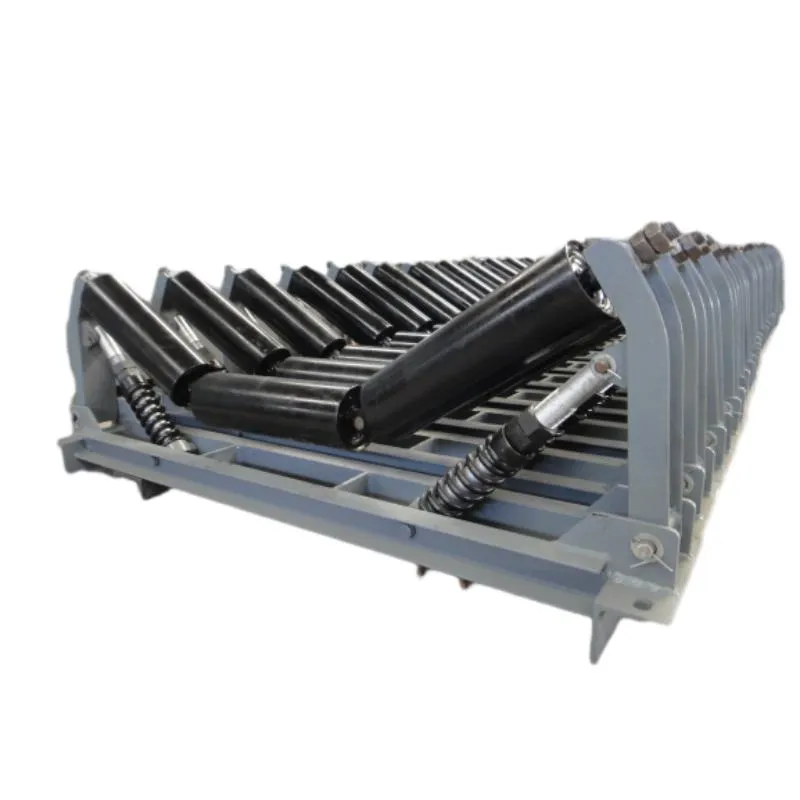 Afrikaans
Afrikaans  Albanian
Albanian  Amharic
Amharic  Arabic
Arabic  Armenian
Armenian  Azerbaijani
Azerbaijani  Basque
Basque  Belarusian
Belarusian  Bengali
Bengali  Bosnian
Bosnian  Bulgarian
Bulgarian  Catalan
Catalan  Cebuano
Cebuano  Corsican
Corsican  Croatian
Croatian  Czech
Czech  Danish
Danish  Dutch
Dutch  English
English  Esperanto
Esperanto  Estonian
Estonian  Finnish
Finnish  French
French  Frisian
Frisian  Galician
Galician  Georgian
Georgian  German
German  Greek
Greek  Gujarati
Gujarati  Haitian Creole
Haitian Creole  hausa
hausa  hawaiian
hawaiian  Hebrew
Hebrew  Hindi
Hindi  Miao
Miao  Hungarian
Hungarian  Icelandic
Icelandic  igbo
igbo  Indonesian
Indonesian  irish
irish  Italian
Italian  Japanese
Japanese  Javanese
Javanese  Kannada
Kannada  kazakh
kazakh  Khmer
Khmer  Rwandese
Rwandese  Korean
Korean  Kurdish
Kurdish  Kyrgyz
Kyrgyz  Lao
Lao  Latin
Latin  Latvian
Latvian  Lithuanian
Lithuanian  Luxembourgish
Luxembourgish  Macedonian
Macedonian  Malgashi
Malgashi  Malay
Malay  Malayalam
Malayalam  Maltese
Maltese  Maori
Maori  Marathi
Marathi  Mongolian
Mongolian  Myanmar
Myanmar  Nepali
Nepali  Norwegian
Norwegian  Norwegian
Norwegian  Occitan
Occitan  Pashto
Pashto  Persian
Persian  Polish
Polish  Portuguese
Portuguese  Punjabi
Punjabi  Romanian
Romanian  Russian
Russian  Samoan
Samoan  Scottish Gaelic
Scottish Gaelic  Serbian
Serbian  Sesotho
Sesotho  Shona
Shona  Sindhi
Sindhi  Sinhala
Sinhala  Slovak
Slovak  Slovenian
Slovenian  Somali
Somali  Spanish
Spanish  Sundanese
Sundanese  Swahili
Swahili  Swedish
Swedish  Tagalog
Tagalog  Tajik
Tajik  Tamil
Tamil  Tatar
Tatar  Telugu
Telugu  Thai
Thai  Turkish
Turkish  Turkmen
Turkmen  Ukrainian
Ukrainian  Urdu
Urdu  Uighur
Uighur  Uzbek
Uzbek  Vietnamese
Vietnamese  Welsh
Welsh  Bantu
Bantu  Yiddish
Yiddish  Yoruba
Yoruba  Zulu
Zulu Effective Belt Cleaning Solutions for Enhanced Conveyor Performance and Maintenance Efficiency
The Importance of Belt Cleaners in Material Handling Systems
In the realm of material handling and processing industries, the efficiency and effectiveness of conveying systems play a pivotal role in ensuring smooth operations. One of the often-overlooked components that significantly impact the performance of conveyor belts is the belt cleaner. These devices are essential for maintaining the cleanliness of belts, which directly influences productivity, safety, and the longevity of equipment.
Belt cleaners, also known as belt scrapers, are strategically installed at various points along the conveyor system, particularly at the discharge point, to remove unwanted materials that cling to the belt after it has transported its load. These materials can include bulk solids, dust, and other debris that, if left unchecked, can lead to several significant issues.
One of the primary functions of belt cleaners is to reduce carryback—a term used to describe the materials that stick to the belt after it has passed its discharge point. Carryback not only results in lost materials and increased costs but can also lead to hazardous working conditions. Piles of carryback can create slip hazards for employees, contribute to equipment wear, and even contaminate the product being processed. Implementing effective belt cleaning systems mitigates these risks, promoting a safer workplace and reducing maintenance costs.
Belt cleaners come in various designs and configurations, tailored to fit the specific needs of different applications and materials. For instance, primary belt cleaners are typically installed directly behind the discharge pulley to handle the bulk of carryback, utilizing strong blades made from materials such as urethane or rubber to scrape away stubborn residue. Secondary belt cleaners, located further down the conveyor system, provide an additional level of cleaning to catch any remaining particles, ensuring that the belt is as clean as possible before it returns to the head pulley.
belt cleaner

The material of the blades is particularly crucial when selecting a belt cleaner. Different materials exhibit varied levels of durability, flexibility, and effectiveness against specific substances. For example, urethane blades are known for their abrasion resistance and longevity, making them suitable for heavy-duty applications like mining and aggregate handling. In contrast, softer rubber blades might be better suited for more delicate materials, where a gentler touch is required.
Regular maintenance of belt cleaners is essential for optimal performance. Over time, blades can wear down and become less effective at removing materials, leading to increased carryback and operational inefficiencies. Regular inspections and timely replacements can prevent these issues, ensuring that the belt cleaner is always functioning at peak performance. Additionally, the alignment and tension of the cleaner should be checked periodically to maintain their effective contact with the belt.
Investing in high-quality belt cleaners and maintaining them properly can lead to significant benefits. These cleaners enhance the lifespan of conveyor belts by reducing wear and tear caused by accumulated debris, which can cause damage to both the belt and the structure of the conveyor system. Furthermore, cleaner belts mean cleaner operations; reduced carryback minimizes dust generation, which can improve air quality and reduce the environmental impact of the operation.
In conclusion, belt cleaners are a crucial component of any conveyor system. They enhance efficiency, ensure safety, and prolong equipment life. As industries continue to evolve and place greater emphasis on productivity and sustainability, the role of effective belt cleaning solutions cannot be underestimated. Investing in the right belt cleaners and adhering to a diligent maintenance regime will undoubtedly yield substantial operational benefits and contribute to the overall success of material handling processes.
-
Revolutionizing Conveyor Reliability with Advanced Rubber Lagging PulleysNewsJul.22,2025
-
Powering Precision and Durability with Expert Manufacturers of Conveyor ComponentsNewsJul.22,2025
-
Optimizing Conveyor Systems with Advanced Conveyor AccessoriesNewsJul.22,2025
-
Maximize Conveyor Efficiency with Quality Conveyor Idler PulleysNewsJul.22,2025
-
Future-Proof Your Conveyor System with High-Performance Polyurethane RollerNewsJul.22,2025
-
Driving Efficiency Forward with Quality Idlers and RollersNewsJul.22,2025





























